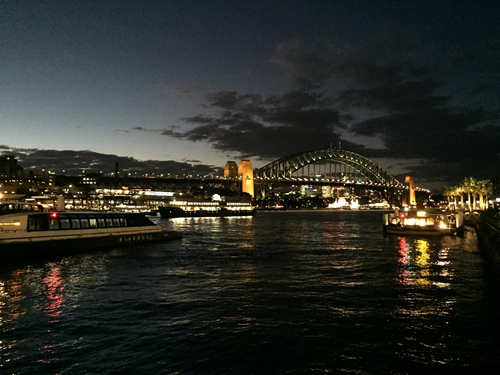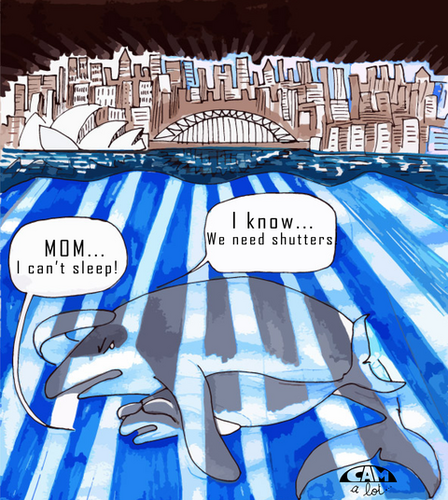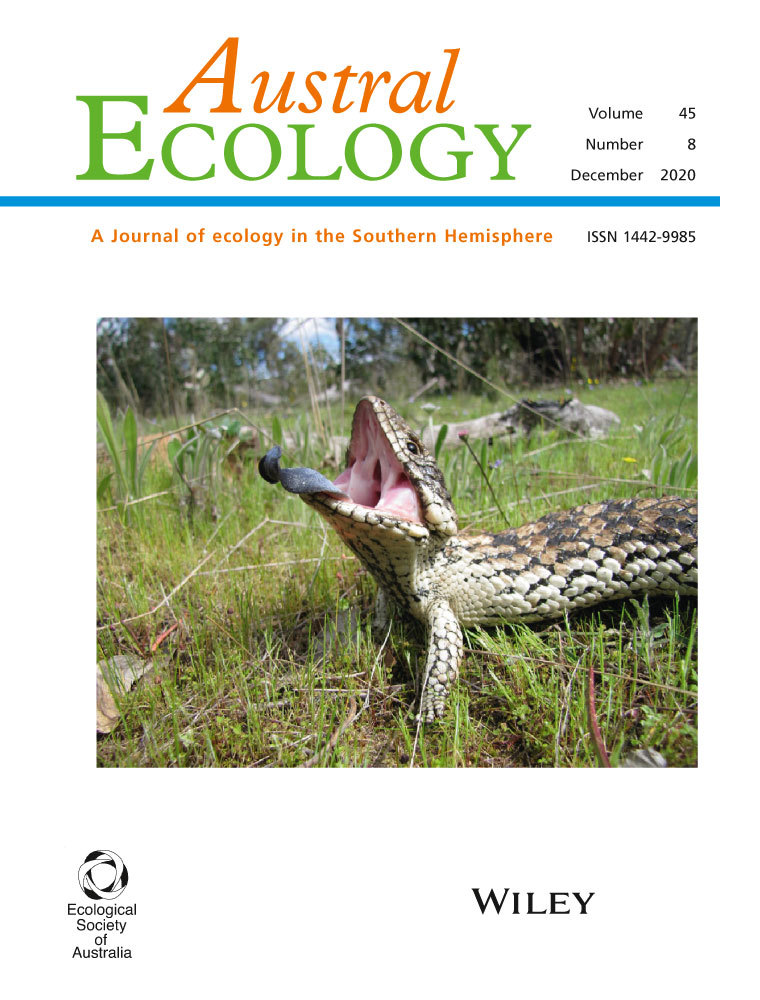Knowledge exchange to improve research and management of the impacts of artificial light at night
Light is fundamental to life on Earth and is integral to the daily rhythms of bacteria, plants and animals (Gaston et al. 2014). However, natural light cycles have been increasingly disrupted since the invention of the electric lamp in 1847, through the introduction of artificial light into the night-time environment. Currently, over 80% of the global population live under light-polluted skies (Falchi et al. 2016), and artificial light at night (ALAN) is increasing globally by around 2% per year (Kyba et al. 2017). ALAN is thus a global driver of significant environmental change and loss of biodiversity, affecting the behaviour, physiology, reproduction, and survival of many terrestrial (Willmott et al. 2018; Haddock et al. 2019), freshwater (Brüning et al. 2011; Perkin et al. 2014) and marine organisms (Bolton et al. 2017; Fobert et al. 2019). Furthermore, ALAN has the capacity to alter evolution through its influence on natural and sexual selection, reproductive isolation, gene flow and genetic drift (Hopkins et al. 2018). Despite increasing evidence of the immediacy, severity and the phylogenetic breadth of the impacts of night-time lighting, ALAN is expected to continue to increase globally in both intensity and spatial extent in the coming decades (Davies & Smyth 2018).
Urban ecosystems, with high concentrations of human populations, are particularly susceptible to artificial light at night (Falchi et al. 2016). In fact, ALAN is intrinsically linked to urban development. However, studies on the impacts associated with urbanisation usually focus on stressors such as chemical pollutants, and loss and fragmentation of habitats, rarely assessing other potential drivers of change, such as shifts in natural light cycles (Hopkins et al. 2018). A quick search in Web of Science focusing only on studies published in Austral Ecology showed that 61 papers on ‘urban ecology’ were published in the journal in the last two decades. Of those, only 5 were on marine systems and 7 were done on freshwater habitats and/or species. Critically, however, only three of these papers addressed the issue of artificial light at night – all within the terrestrial environment – with only one study published in the last year (Haddock et al. 2019). Haddock et al. (2019) recorded decreased bat activity in lit urban areas compared to unlit areas of urban bushlands remnants. The authors also found that changing streetlights from mercury vapour to light-emitting diode (LED) lights resulted in decreased bat activity in the lit areas. This study is important because it not only specifically assesses the effects of artificial night-time lighting on urban insectivorous bats, but it also shows that the type of light matters when it comes to impacts on organisms. This information is extremely useful for informing future management strategies, such as the shift towards replacing streetlights with LEDs by many urban managers.
In the last decade, there has been a global focus on replacing more traditional light sources, such as mercury vapour and halogen lamps, with the more cost- and energy-efficient LED lights. However, LEDs of all colours emit significant blue light, which has been identified as having the greatest impacts on humans and wildlife alike, through suppression of melatonin production that regulates sleep/wake cycles of many animals (West et al. 2011). This is also relevant when considering aquatic environments, since blue artificial light penetrates deeper in the water column due to faster attenuation of red light (Davies et al. 2014). This, combined with the fact that 16 of the world’s 23 megacities of >10 million people are situated on the coast (UN 2019), means the marine environment is extremely vulnerable to light pollution (Fig. 1). Currently, more than 20% of the world’s coastlines are estimated to be exposed to artificial night-time lighting (Davies et al. 2014). Yet, we have very little understanding on the potential impacts of ALAN on the structure and functioning of coastal systems, let alone the magnitude of impacts from specific light sources, such as LEDs.

In an attempt to address these research gaps and better link research on ALAN to policy and management outcomes, we recently formed an Australian network of scientists and practitioners that aims to study the effects of ALAN across the terrestrial, freshwater and marine realms. The Network for Ecological Research on Artificial Light (NERAL; www.neralaus.com) aims to provide a platform to connect researchers and practitioners working across different realms to co-ordinate national research projects done at meaningful spatial and temporal scales to inform management, and to serve as a contact point for anyone seeking information on the impacts of light pollution on non-human organisms. Current membership spans four Australian states and one territory, and includes representatives from academia, local and federal government, consultancies and NGOs. While NERAL is playing an important role in driving research and improving our understanding of the ecological consequences of ALAN for wildlife, awareness remains one of the biggest challenges to combatting the growing issue of light pollutions, as light at night is generally perceived by humans as positive and necessary for safety.
Australia, however, is leading the way in taking action against light pollution and improving public awareness of the issue, with the release of the National Light Pollution Guidelines for Wildlife earlier in 2020 (https://www.environment.gov.au/biodiversity/publications/national-light-pollution-guidelines-wildlife). These guidelines were prepared by the Commonwealth Department of Agriculture, Water and the Environment and the Western Australian Department of Biodiversity Conservation and Attractions, in consultation with a range of stakeholders and researchers, and are the first synthesis of management plans for minimising the impacts of light pollution for wildlife. The guidelines not only describe current challenges in managing light pollution, but also offer practical solutions to improve how we use light at night. These include the prioritisation of natural darkness at night, and advocating for the use of lights only when strictly necessary. The guidelines outline simple steps to achieve these priorities, including the use of motion sensor lighting in residential areas that switches off when no movement is detected, and choosing lighting options with warmer spectra, with little or no short wavelength (400–500 nm) violet or blue light. Solutions at large scales can involve a location- and/or species-specific management plan, for example where lights are turned off during bird migrations, as well as more advanced technological solutions, for example purpose-designed lighting fixtures to minimise light trespass into non-target areas.
As light pollution continues to increase globally, more research is needed to advance our understanding of the ecological consequences and to inform evidence-based management strategies to protect the wide range of species and systems affected by ALAN. In particular, research is needed to understand how ALAN interacts with other local urban stressors, as well as global environmental change, such as warming temperatures. Unlike many other global drivers of environmental change, impacts of light pollution can be immediately and effectively mitigated at local and large scales through science, engineering and innovation as well as community engagement, yet we need to continue building the scientific evidence base to inform those decisions.
Author contributions
Mariana Mayer-Pinto: Conceptualization (equal); writing-original draft (lead); writing-review & editing (equal). Katherine A. Dafforn: Conceptualization (equal); writing-review & editing (equal). Emily Fobert: Conceptualization (equal); writing-review & editing (equal).





